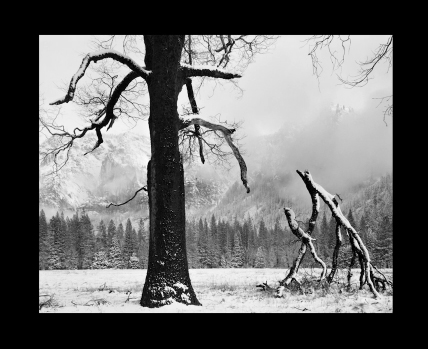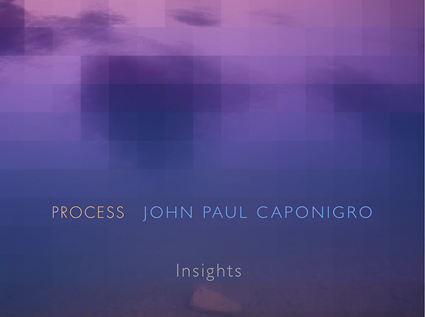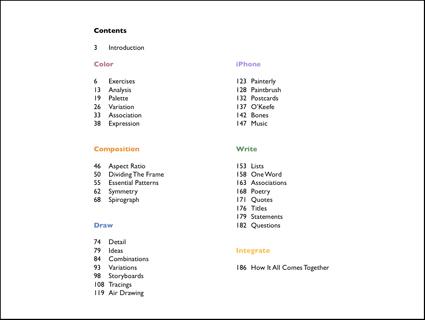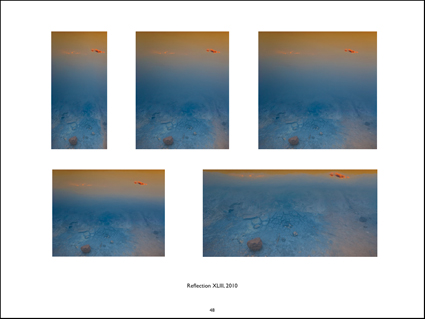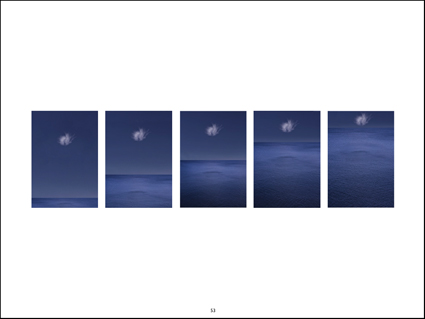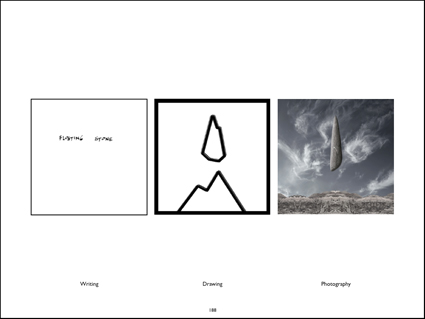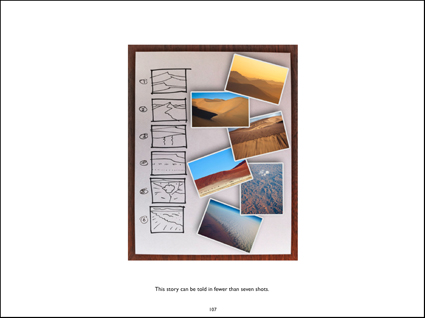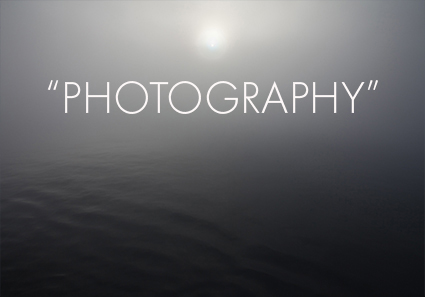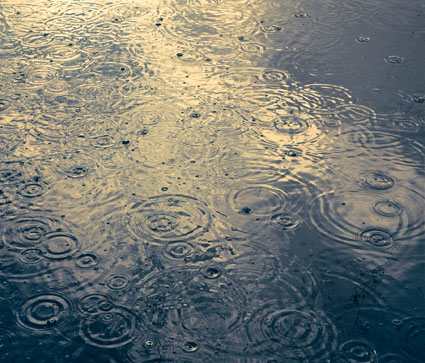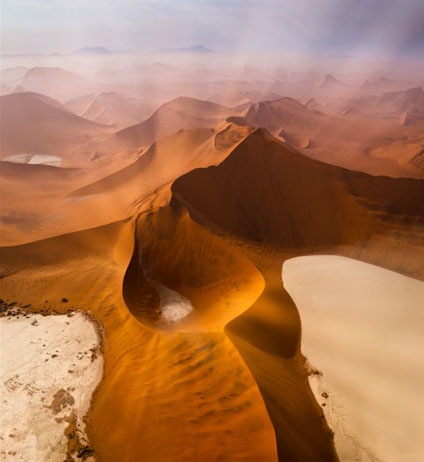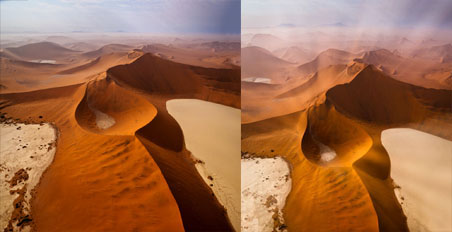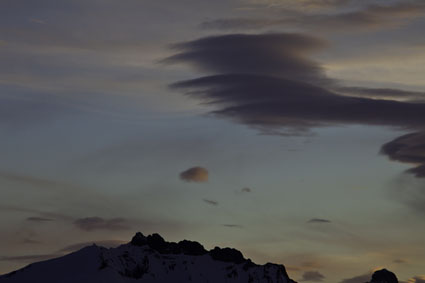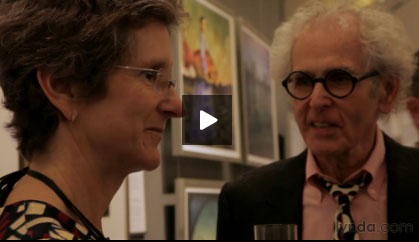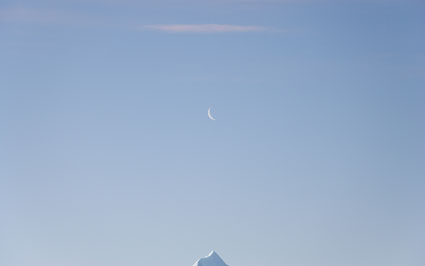
Keeper
The strongest images combine immediate impact and staying power.
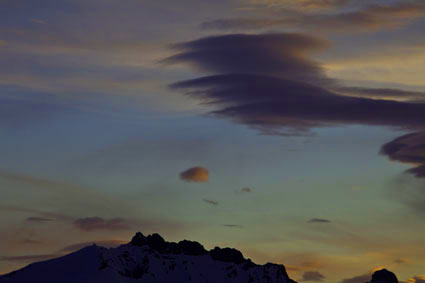
Sizzles & Fizzles
Color immediately grabs attention, yet other aspects of this image could be stronger and clearer, making its impact less durable than others.
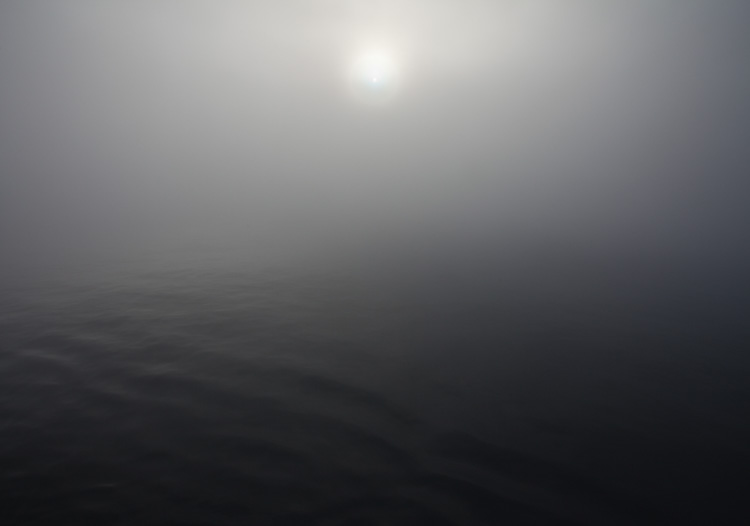
Sleeper
Easily overlooked initially, the appeal of this image grows when it reinforces themes in related images.
It happens to me all the time. I’m excited by what I see on location and hopeful about the images I’m making. Afterward, the final results aren’t as exciting as I had hoped. I rarely leave a location with confidence that I have truly excellent images. I can phone in competent and even good most of the time, but getting to great is another matter.
It’s essential to know the difference between good and great. I measure my current successes against my past successes – I’m always trying to raise the bar. If the images you’re making aren’t making the cut for you, I’d take that as a sign that you’re being more discriminating, and based on that, I would bet that means you’ve got more good images in your portfolio and are well on your way to making even better ones. The world doesn’t need more mediocre images, but it does need more discerning eyes.
While this syndrome of “sizzling and then fizzling” is common. The opposite dynamic is often at work, too. You’ll make images that don’t catch your attention immediately, but you find yourself doing a double or triple take, and your appreciation of these images grows with each viewing. These “sleepers” are very interesting; they tend to be smarter and/or more deeply felt. Because they don’t grab your attention quickly, passing these types of images by is easy. That’s one of the reasons it’s important to look back through your images again after some time to find what you missed. Developing bodies of work will offer you additional useful perspectives.
Sometimes, when you present a sizzler together with a sleeper, they make each other more interesting. The attention-getter does just that – it gets attention. It draws viewers in and sets the stage for seeing related work that might not be as eye-catching but has more substance and depth. Similarly, if it’s related to the attention-getter, in some way beyond proximity, the strong silent type can reveal hidden depths within its flashier counterpart and even transfer some of its depth. Both can “rub off” on each other in a beneficial way. Their relationship can be mutualistic.
When you find the rare few images that achieve immediate high impact and extended durability, you’ve got real “keepers.” These are the images that should be celebrated most. These images set the course for many others. All the other images that come close but fall short, which are collected with the great images, should in some way support, amplify, and expand that greatness. Keep these fires burning and fan the flames. Carry this vital energy forward. Keep this energy flowing with new moves. Find out how long you can stay in the zone and when you fall out of it what it takes to return to it. See where it will lead you and how far you can run with it. Work of this quality often gets beyond you, which doesn’t mean you can’t sustain it or return to it, but instead means you probably won’t fully understand it until long after you’ve done it. Work like this expands you. It raises your bar and calls you to new heights. Answer these calls.
Read more in my Storytelling resources.
Learn more in my creativity and digital photography workshops.


